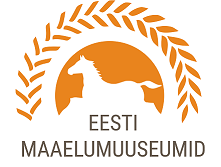Recently, our curator-researcher Mari-Liis Tammiste gave a presentation at the Tartu City Museum during Tartu City History Day. Her study focused on the profile and experiences of visitors to the exhibition “Washing Machine Made of Beetroot: Resourcefulness in the Countryside”. This exhibition, dedicated to the spirit of DIY, opened earlier this year across three locations: the Estonian Road Museum, the Estonian Agricultural Museum, and the Tartu City Museum.
A Joint Exhibition by Three Museums
“Washing Machine Made of Beetroot: Resourcefulness in the Countryside” is a special exhibition that highlights the culture of DIY and resourcefulness in the countryside during the Soviet era. At the Estonian Agricultural Museum, the exhibition focuses on the crafting of garden tools and tractors, preserving garden and forest produce, and making home textiles. It takes visitors on a journey through time, showing how creativity and ingenuity were often the only ways to overcome challenging circumstances.
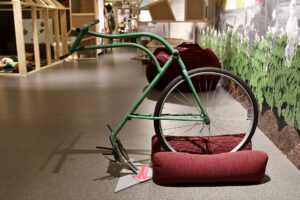
Bringing the Exhibition to Life with Visitors’ Stories
The goal of the exhibition was not only to educate but also to create new connections and collect stories related to the items on display, making the exhibition more lively and personal. We wanted each visitor to feel as if a piece of their own life was part of the exhibition. That’s why we continue to encourage visitors to fill out DIY surveys, which have proven surprisingly popular. In just five months, we’ve collected 315 completed surveys!
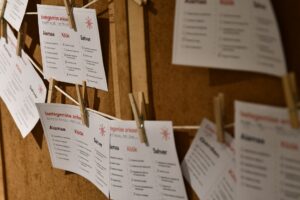
Our Visitors’ DIY Habits
The survey results revealed that our visitors are quite active in growing their own vegetables, collecting recipes, and making juice using steam juicers. However, traditions like salting dill and creating macramé are less commonly practiced. Listening to these stories and exchanging experiences, it’s clear that everyone who visits the exhibition in Ülenurme finds something familiar and recognizable, often taking them back to their childhood and personal past.
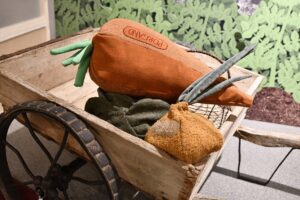
Nostalgia and Living History
The exhibition’s unique approach – allowing visitors to peek into cupboards and touch the items – encourages people to share their stories and skills. It’s especially heartwarming to see grandparents explaining to their grandchildren how things used to be done, making the historical displays come even more alive. These experiences create a warm and communal atmosphere within the exhibition.
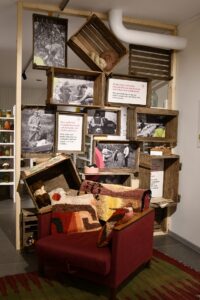
The Challenge: Photos of Everyday Work
One of the biggest challenges for the exhibition curator has been finding photos of people doing everyday work. It turns out that, in the past, photos were mainly taken of people sitting around banquet tables, while work scenes were rarely captured. Therefore, we invite all visitors: please look through your old photo albums, and if you find pictures of various work activities, share them with your nearest museum. These images will help us better preserve and highlight the life and work traditions of our ancestors.
The “Washing Machine Made of Beetroot: Resourcefulness in the Countryside” exhibition is open until October 31, 2025. Come and discover how ingenuity and creativity have always been an integral part of rural life, and share your story to help us keep this inspiring history alive!
